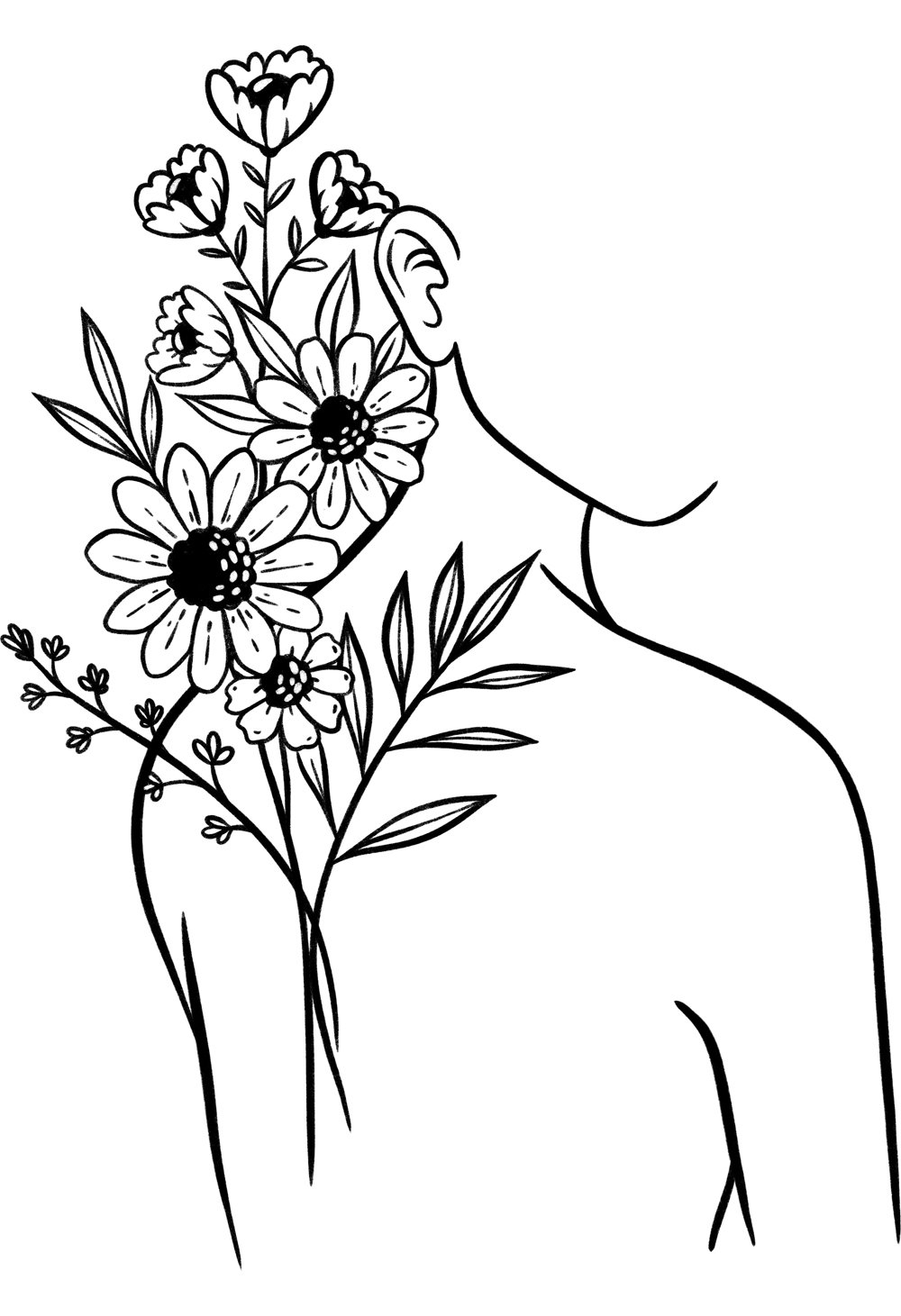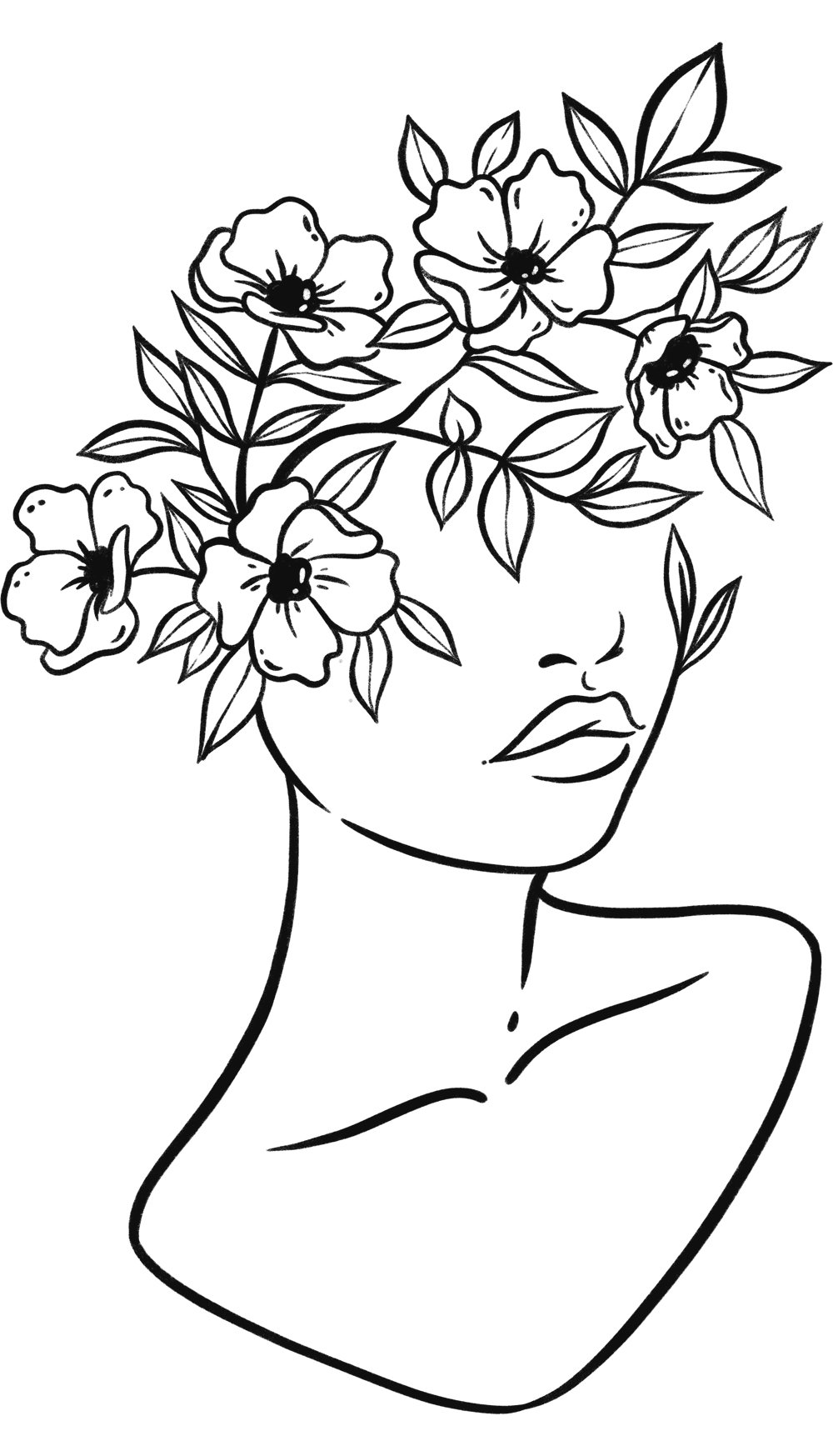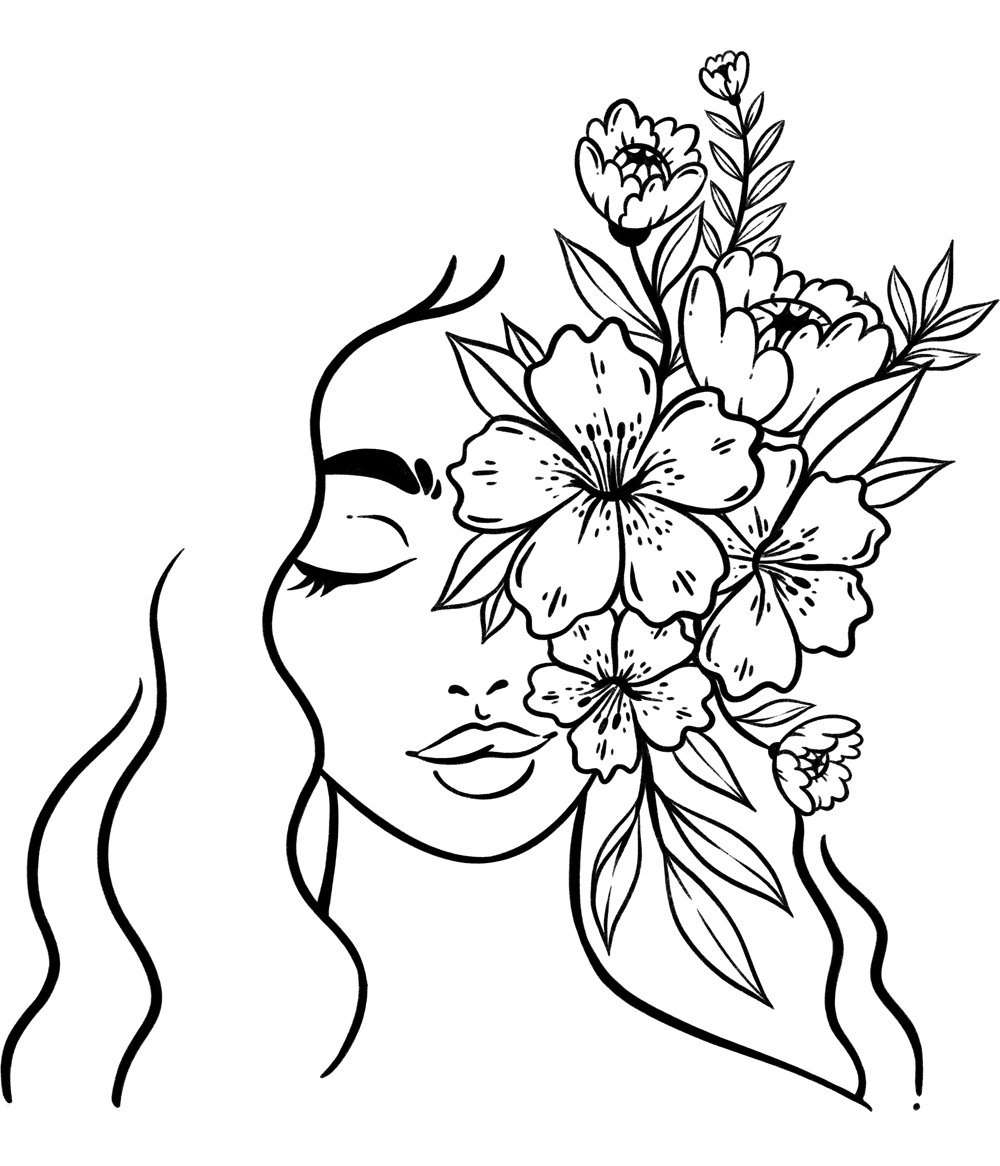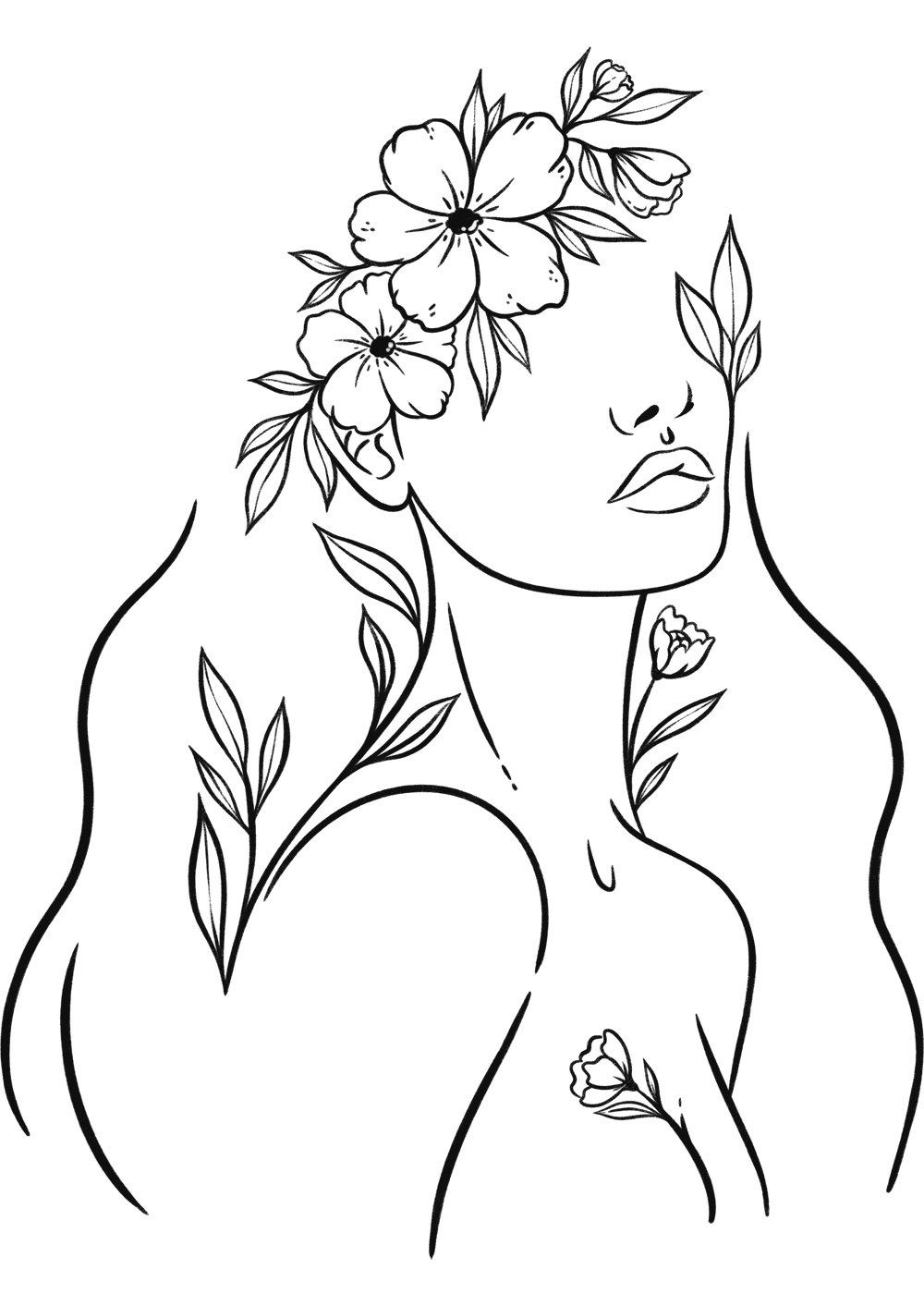This discreet newsletter will teach you how to make him cum hard, give freaky oral sex & make him scream your name in bed. Click here to get it.

Some of the specific kinks within the BDSM community aren’t for everyone. Pony play is one such kink. This style of role play can be elaborate, involved, and expensive, but it can also be rewarding and intimate in unexpected ways.
What Is Pony Play?
Pony play is a type of pet play like kitten play or dog play, among others. Dog and pony play are similar in that actual dog and horse training uses a variety of tools, many of which have been adopted by kinksters who enjoy animal play. For example, a riding crop is almost just as popular as a tool for sex as it is in its original use. In fact, crops are even commonly used by BDSM fans who don’t practice pony play.
Side note: If you are currently struggling to orgasm during sex or masturbation, then you may want to learn about the Easy Orgasm Solution. It will teach you how to have multiple vaginal and full body orgasms during sex and masturbation. It works even if you currently struggle to orgasm during sex or when masturbating. You can find out more here.
Related: Pet Play 101
But let’s back up again. In almost all pony play situations, the owner or trainer is played by the dominant, and the submissive is the pony (Read: How to Be More Submissive). The scenario may be one in which the submissive is “forced” to act like a pony but still identifies as a person or one in which the submissive voluntarily engages in animal role play. This changes the dynamic between the trainer/owner and pony.
Psst, are you new to BDSM? Learn what BDSM is or check out our advice about BDSM for beginners first.
Ponies are often known as ponygirls and ponyboys. Like many forms of sexual role play (43 more role-play ideas), the participants may adopt nicknames that they use in the scene. Within pony play culture, masters and ponies have names, and you may only know other pony players by these names!
Names help define roles in power-exchange relationships. Learn how D/s relationships can be healthy.
Squirting: Any woman can experience the intense pleasure of squirting, if you follow the right process. I demonstrate the most powerful squirting techniques and explain the process, step-by-step in the Squirting Magic Guide.
Pony Tack
Pony play shares much, but not all, of its aesthetic with BDSM gear and costumes. Black leather, PVC, and suede are commonly used for items both worn and wielded during a pony play session or event. Corsets are sometimes part of intricate pony costumes.
The aesthetic differs because there is more horse-specific gear, also known as tack. Tack includes:
- Reins to direct a pony
- Saddles for riders to perch on
- Bits go into a pony’s mouth for control and to control biting or noises
- Tongue ports hold down the tongue
- Bridles attach to a horse to allow the trainer to control a horse
- Martingales connect bridles to a belt
- Harnesses connect a pony to a cart
- Collars
- Hoof boots worn on the legs and feet to give the impression of hooves; may be for form or function
- Hoof mitts perform a similar function on the hands
- Polos/wraps are cloths wrapped around a pony’s legs, often over hoof boots to add support, restrict movement and for aesthetic
- Masks cover a ponies head and may include a snout, ears, and mane
- Bodysuits may incorporate basks, tails and manes
- Tails may also be pony anal plugs with attached tails
- Ears
- Blinders block the pony’s peripheral vision
- Wrist or ankle restraints
- Plumes sit on the head during shows and events
- Hobbles are restraints worn between the calves to limit movement
- Brushes for a pony’s fur (either costumed or real)
- Crops for direction during training or punishment – learn more about punishment and reward in our post about kinky sex
- Spurs are worn by owners to train a pony
Tack for pony play can cost hundreds to thousands of dollars, and people who are especially committed will often go all out. You can purchase some tack from actual equine shops, but items specifically for human ponies, such as hoof boots, are available from specialty retailers (a search on Google or Etsy yields many results).
Does this sound intense? Maybe you want to try light bondage, instead.
However, you do not have to spend thousands of dollars if you don’t want to. A crop, bit, and tail are all you need for the basics.
Types of Ponies

As a trainer/master, you might choose specific skills in which to train your pony. This might also depend on the type of pony that you have (or are). Common types of ponies include:
- Work ponies: strong ponies that are trained to handle heavy loads
- Breeding ponies: engage in sex with other ponies. Discover our favorite breeding kink tips and ideas.
- Cart ponies and team cart ponies: pull carts
- Riding Ponies: carry the rider on their bodies
- Show ponies: are outfitted extravagantly for shows and may be trained in dressage
- Dressage ponies: perform movements such as walking or trotting at a gait for judging/contests
- Event ponies: perform in dressage, jumping and even cross-country events like actual horses
- Pleasure ponies: exist for the pleasure of the owner
- Rubber ponies: fancy as rubber aesthetic
Some owners choose to cross-train their ponies, so they’ll have various skills.
Because pony training can be so involved, we’ll go over the common types of training and describe what that training may look like. However, we cannot possibly cover it all in depth, so we recommend further research if you’re into pony play.
Talk dirty confidently: It's surprisingly easy to turn a man on and have him lusting for you, by using a few simple dirty phrases. You'll find these dirty phrases in the Wild Dirty Talk Guide. You'll also learn how to confidently say them.
Training in Pony Play
This type of pet play is among the most involved. Aside from the gear, a wide variety of training is involved, much of which is based on actual horse training. Just like with real animal training, beginner training can proceed to intermediate, followed by advanced training as the pony gains skills. Of course, you don’t necessarily have to go to advance training if you don’t want to.
Basic Pony Training
Basic pony training includes activities such as leading, tying, cross tying, and grooming. This training is a basis for more advanced training of ponies of all kinds. These activities help you get into the roles as pony and trainer and encourage bonding as well. It’s imperative that your pony gear fits well to avoid injury during training, even basic pony training.
Training requires you to be dominant. Practice being more dominant in the bedroom.
Leading

Basic leading position places the trainer slightly to the front and the left of the pony while holding the reins or rope in your right hand and excess in your left hand. Left-handed trainers may wish to switch sides and hold the reins in their dominant hand with the remainder in their right hand.
As you lead your pony, give him or her enough space to follow, reducing slack only when the pony is not obeying. A quick snap of the reins/rope redirects the attention of a distracted pony. If your pony becomes too close, an elbow jab encourages him or her back into place.
For naughtier ponies, pulling consistently to the side to force a circular trot until attention is focused. Then, you can continue leading in a line. Similarly, you can pull your pony in a circle toward you to offset balance.
Remember to use verbal cues such as “Whoa” or “Halt” when leading your pony, and pay attention to your tone of voice when issuing commands.
Tying
You can tie your pony’s rope or reigns to the ground or another object when you’re working and need him or her to remain still.
The process requires the pony to stand squarely, with a straight back and weight evenly distributed. His head should be up and gaze forward. A flick of the crop against any body part that is not in form helps to correct posture. You may instruct your pony to relax, but this is the main tying position.
Ground tying is a specific type of tying where you leave your pony by himself so that you can walk away and perform other activities. Ground tying requires longer reigns (about 25 feet). Lead your pony to the location where you want him and instruct him to “Stay” or “Stand.”
Your pony should be in proper form. Tug the reins backward, step forward, and face your pony. When your pony remains in position, you can step back into lead position and encourage with a “Good pony.” command. Otherwise, use a command such as “Wrong” to correct your pony.
Repeat this process 5 – 10 times to train your pony. After successful completion, you can increase the distance by two steps each. Finally, you’ll be at the end of the reins, and you’ll be able to walk away.
Tying requires a sturdy wall, post or another object to which you can secure a ring that stands at the pony’s shoulder height. Lead your pony to the ring, tell it to stand, and step away. Use verbal cues or even a crop if your pony attempts to back away.
Repeat training until your pony remains in place at the ring. At this point, you can lead your pony to the ring, instruct him or her to stay and thread the reins or rope through the ring. Although you may want to tie it, keep holding the reins and walk away, increasing distance until you reach the end of the reins.
When your pony can remain in place with the rope through rings for ten minutes, you can complete the tie and training.
Quick Warning: While this instructional video is quite distressing, it will teach you how to make your lover cry with orgasmic pleasure and become sexually addicted to you. If you are interested in having someone completely obsessed with you and only you, then check out the detailed (& explicit!) oral sex tutorial video here.
Cross Tie
The last type of tie is the cross tie. As the name suggests, ropes will cross and restrict your pony to a more stable position. The ropes will be just long enough to secure to walls or posts on either side of the pony and just touch at the point where they cross.
Cross tying requires an obedient pony that can stay for 15 minutes at a time. Ensure safety by tying your pony on a nonslip mat or surface.
Lead your pony to the location of the cross tie, then instruct it to halt. Ropes attach to either side of the bit or halter. Then, you can detach the regular reins or leave them around your pony’s neck. As with other training, give your pony a few minutes to get used to the new ropes, perhaps brushing him to calm him.
Reattach the lead rope and return your pony to his stall. Repeat the process a few times, increasing the time that your pony spends in cross ties. When your pony can spend at least 15 minutes comfortably in the ties, you can secure them to either side by tying the ropes through rings.
Grooming

The final type of basic training in pony play is grooming, which you might find especially intimate. Your hands and a brush will stroke the pony’s hair and body. Grooming can work as a type of aftercare as you wrap up a session, and you can also calm your pony before a scene with grooming.
Discover more about aftercare and the essential rules for safe BDSM. Also, keep in mind that your dominant may suffer from dom drop when the scene ends.
First, you must lead your pony to cross ties, a ring or post. Starting at the neck and moving downward, move a curry comb in circular motions against your pony’s body. After grooming with the curry brush, switch to a stiff brush in quick movements, flicking away from your pony. Next comes the body brush, which requires pressure both smooth and constant.
Don't make these 5 sex mistakes: If you want to give your man (& yourself) back-arching, toe-curling, screaming orgasms that will keep him sexually addicted to you, then you'll find them in my private and discreet newsletter. You'll also learn the 5 dangerous & "dumb" sex mistakes that turn him off and how to avoid them. Get it here.
When you’re done with your pony’s body, you can groom its mane. Gentle movements help to protect the hair. Follow this by brushing the tail. Take care around plug tails, which can come out if you brush them too roughly.
Brushing is finished when no knots remain in the tail, and you can run your fingers through it easily.
Finally, you can wipe down your brushes and your clean pony with a soft towel. This may be the end of your scene, or you can move to other pony play activities.
Basic training will leave you with a pony that is both well-mannered and well-groomed. You can move on to intermediate pony training.
Intermediate Training
If you find that pony play is really for you, then you can move onto intermediate training. During this training, you’ll use more tack, including reins, bits, bridles, crops and possibly whips (whips require practice to use properly, however). You’ll specifically learn how to guide your pony with this equipment.
Start by securing your pony’s bridle and attaching the reins. To instruct your pony to walk, you can click your tongue and give a light flick of the crop. If your pony doesn’t move, give a harder flick. There should be enough slack in the reins to move comfortably.
Alternatively, you can use your leg to nudge your pony in the correct direction. Remember that using your leg or crop on your pony’s right side moves the pony toward his left, and the opposite is also true. When using a whip, you can flick your pony’s side at his ribs.
Quick Warning: This tutorial video will teach you how to make your girl scream with pleasure and become sexually addicted to you. If you are interested in having her completely obsessed with you and only you, then check out the detailed (& explicit!) pussy eating tutorial video here.
You can teach your pony to move to the left or right by instructing him to walk and pulling on the reign in the direction that you want. For example, pulling on the right rein pulls your pony’s head to the right, and his body will follow.
If your pony moves too quickly, you can slow him with the command “Easy.” You can also use the command “Back” to teach your pony to back up. You will need to release pressure on the rope when your pony backs up. Pick up the excess slack when your pony is in position.
When it’s time to stop your pony, use a verbal command such as “Whoa.” You’ll want to apply pressure on the reins or rope until your pony halts. You can release pressure once he stops. Repeating the process helps to teach your pony the verbal and nonverbal commands.
Whenever your pony is standing still, he or she should be standing square just like with tying. You can teach your pony the verbal command “Square up” and use the crop to correct posture. To master this skill, have your pony take a step forward and resume the squared posture.
Gaits

One similarity between pony play training and actual horse training is gaiting. Gait refers to the way that a pony or horse walks. The four basic gaits include walking, trotting, cantering and galloping that human ponies will emulate for fun and aesthetic.
1. Walking
The slowest gait is walking, and it’s also the easiest to learn. This is known as a four-bear gait because horses have four feet, and one foot is always raised from the ground. When your pony is on all fours, it’s easy to replicate. When walking on two feet, your pony can walk normally in two-by-two bears that sound similar to four bears.
Variations of this gait include high-stepping with the knee at a 90-degree angle and thigh parallel to the ground. High-stepping is often used during shows and not regular scenes.
2. Trotting
Trotting is not only a faster gait than walking, but it’s a two-beat gait. When a horse trots, two hooves are always in the air. Human ponies can learn to trot easiest when on all fours with the diagonal hooves in the air. However, a two-legged pony can learn to trot by jogging moderately.
3. Canter
Pony play can include canter, a gait of three beats. When horses canter, a single back foot pushes the rest forward. The horse switches to the other read foot and diagonal front leg while the first foot still touches the ground. Then, the last foot makes contact with the ground for the third beat.
Cantering is tricky, but the human pony approximation involves stepping forward with one foot, meeting it with the other and quickly repeating, similar to skipping. Your pony should always lead with the same foot.
4. Gallop
Galloping looks like a canter at a faster gait and with four beats. Canters are split into two stages with horses. Human ponies can best imitate this by running.
After you teach your pony gaits, he or she should practice moving in them. Dressage ponies will be judged on their form and performance with a bit in place. The pony should have high energy and confidence while performing.
You can move from teaching gaits to more advanced dressage training, which can include tempi, passage, piaffe, pirouettes, and the half pass and side pass. Note that side and full passing requires leg yielding, which you’ll learn about in a bit.
Longeing
Finally, we have longeing, a type of training where you remain in place and your pony walks, trots or canters around you in a circle. Longeing is effective at getting your ponygirl or ponyboy to pay attention to you. You might use a whip or crop to help with this.
A longer rope of 20-25 feet connects to your pony’s bridle or bit on one end while you hold the other end. However, you can start training with less slack in the rope, gradually decreasing pressure. Use your crop or whip to direct your pony to walk in one direction around you. Keep your rein in the direction that you want the pony to move (right hand for clockwise), and make sure to only apply light pressure; otherwise, your pony might think you want him to stop.
Use verbal commands to instruct your pony’s gait: walk, trot, canter or whoa. Tongue-clicking is another way to encourage a faster gait.
To complete longing, use the “Whoa” command and step toward your pony.
Advanced Training

Once your pony has mastered tying, leading and longeing, you might want to move onto advanced training. Note that we’ll cover two final aspects of training in pony play but that there are actually many more types of training, some of which require multiple ponies and others that utilize multiple ponies. Feel free to research niche pony training if you own – or are – a specific type of pony.
Leg Yielding
Leg yielding is a specific type of dressage that is the foundation for a few more moves. In horses, leg moving results in a slightly diagonal move as the horse moves to the side and forward when you apply pressure from your leg or crop. You’ll train your pony to do the same.
First, you’ll teach the leg yield while your pony walks, the slowest gait. You can train during faster gaits in the future. If you want your pony to yield to the left, apply tension to the right rein to keep your pony in a straight line. Flick the pony’s right side with the crop/whip to get him to yield to the left.
Reverse these movements to train your pony to yield to the right.
Driving
If you want to guide your pony from behind, you’ll need to teach him or her driving, and the sooner you do it, the better! Driving is essential for cart ponies, but other types of ponies can benefit from this training.
You’ve probably seen a western in which a cart driver held a rein in each hand. Although this isn’t necessary, you might find it the most comfortable. Use the command “Walk” or cluck your tongue to instruct your pony to move forward. You may need to use your whip to get your pony moving. Increase speed by using the commands for trot or canter while clucking.
When you need your pony to slow, you can apply pressure on both reins, then release them. Your pony may require you to repeat this. More pressure means a faster stop/slow and instructs your pony to drop a gait (from a gallop to canter to trot to walk). If you want your pony to slow gradually and without dropping a gait, use less pressure.
Remember that the type of equipment your pony is wearing affects how he or she feels the pressure of the reins. New ponies or new gear change how much pressure you must use when slowing or stopping your pony during driving.
Veterinary Play

A type of kinky play (find out what kinky really means) that sometimes overlaps with pony play is veterinary play. In vet play, a vet examines and may experiment upon an animal. Some pony and vet players engage in activities such as fertilization, vaginal or anal exams, catheterization, needle play, dental exams, gelding (castration), among others.
Related: The Complete List of Kinks and Fetishes
You may be able to see pony players in public. This includes appearances at events such as Pride where parades occur. One such example is the Folsom Street Fair, a BDSM and leather event that ends San Francisco’s yearly Pride event. The pony play community is also more officially organized with annual events such as parades and conventions, not to mention more casual munches and meetings that occur through the year.
If you live somewhere populated that’s especially kinky – think San Francisco – you can surround yourself3 with fellow kinksters who are into pony play just like you are! Or you can travel for some of the bigger events to meet other players, show off your skills (either as a pony or a master) or to learn more about the culture,.
There’s a lot to say when it comes to pony play, and it can be a lot to take in. If you like structured role play and bondage, then pony play should be up your alley. Feel free to dip your toe in the water before you dive right in, however, as pony play can be quite costly.
Orgasm Every Time. Easily. Here’s How...
I want to tell you about my friend Karen.
Karen came to me one day. She was hysterical.
She told me that her marriage was falling apart because she and her husband didn’t have satisfying sex.
Every time they were intimate, Karen was faking her orgasms. It turns out she couldn’t orgasm during sex.
In fact...
She never had an orgasm in her entire life. Not one!
This left her feeling embarrassed and ashamed. And...
She completely hid this from her husband. Thankfully...
It turns out that there is a way for any woman to orgasm. Easily. And have multiple vaginal and full body orgasms during sex and masturbation.
I shared the process with Karen.
After she followed the simple process, she could barely come to terms with how...
Quickly and dramatically her sex life changed.
We met up a few months later and...
She would not stop talking about it,
“I thought I was one of those women who couldn’t orgasm. I used to think I was ‘broken’ and ‘unfixable.’ This saved my sex life, and that saved my marriage.”
Even if you currently struggle to orgasm during sex or when masturbating, this process will also work for you.
And best of all, you don’t need to do anything weird or uncomfortable to start having the best orgasms and sex of your life.


Leave a Reply